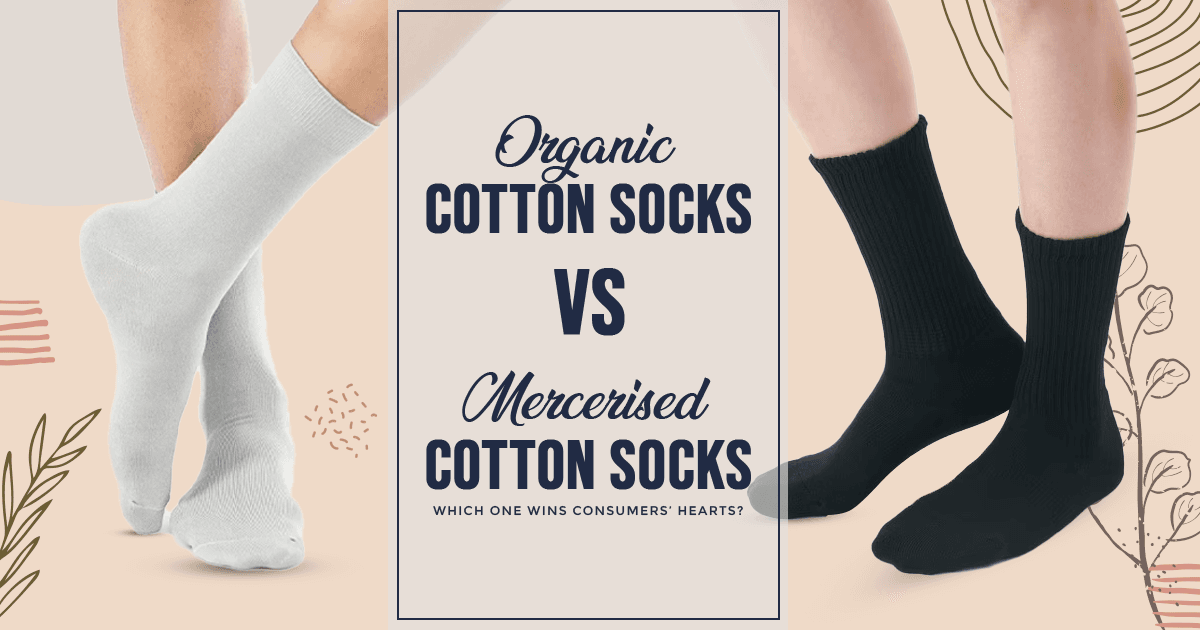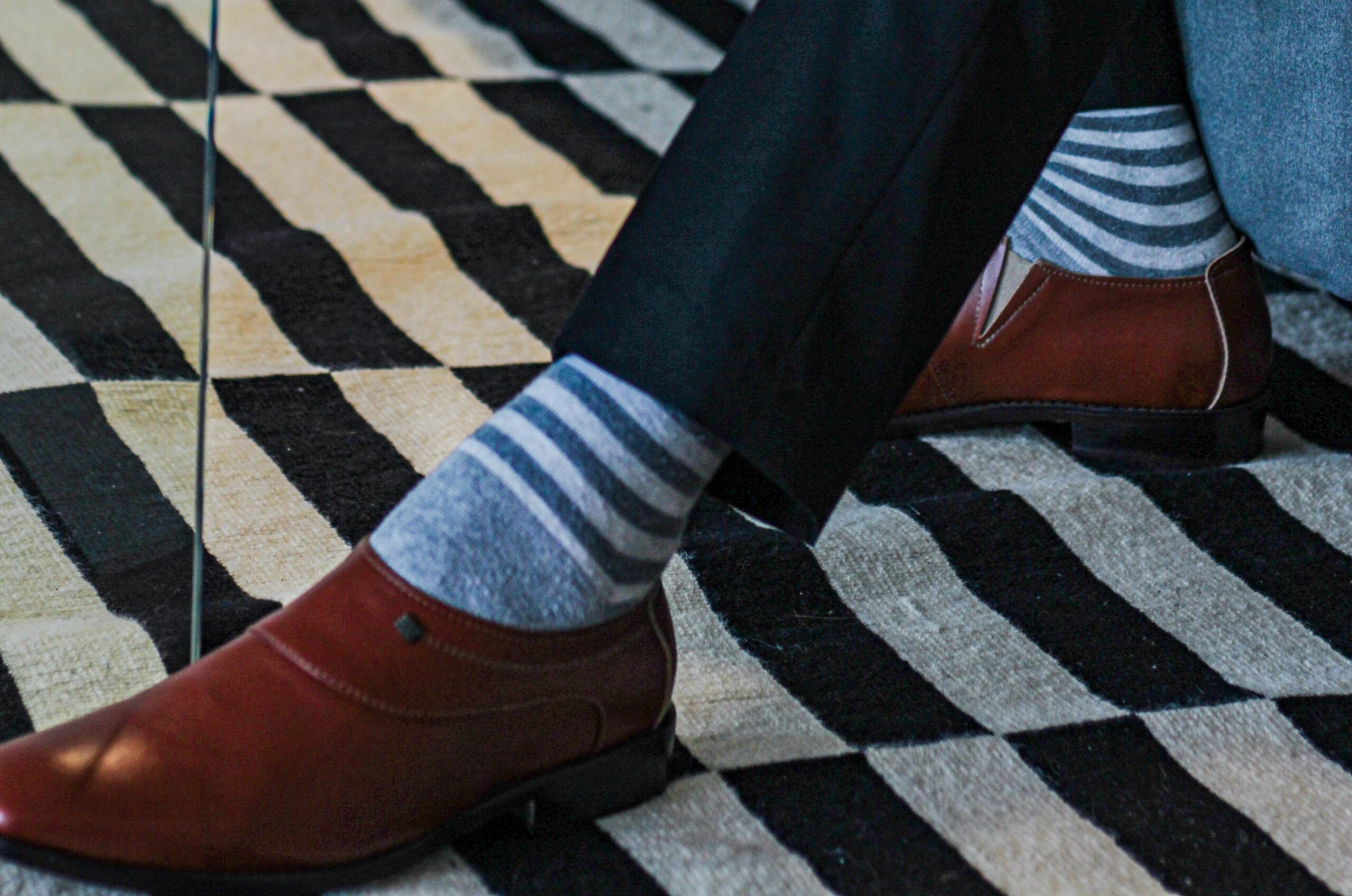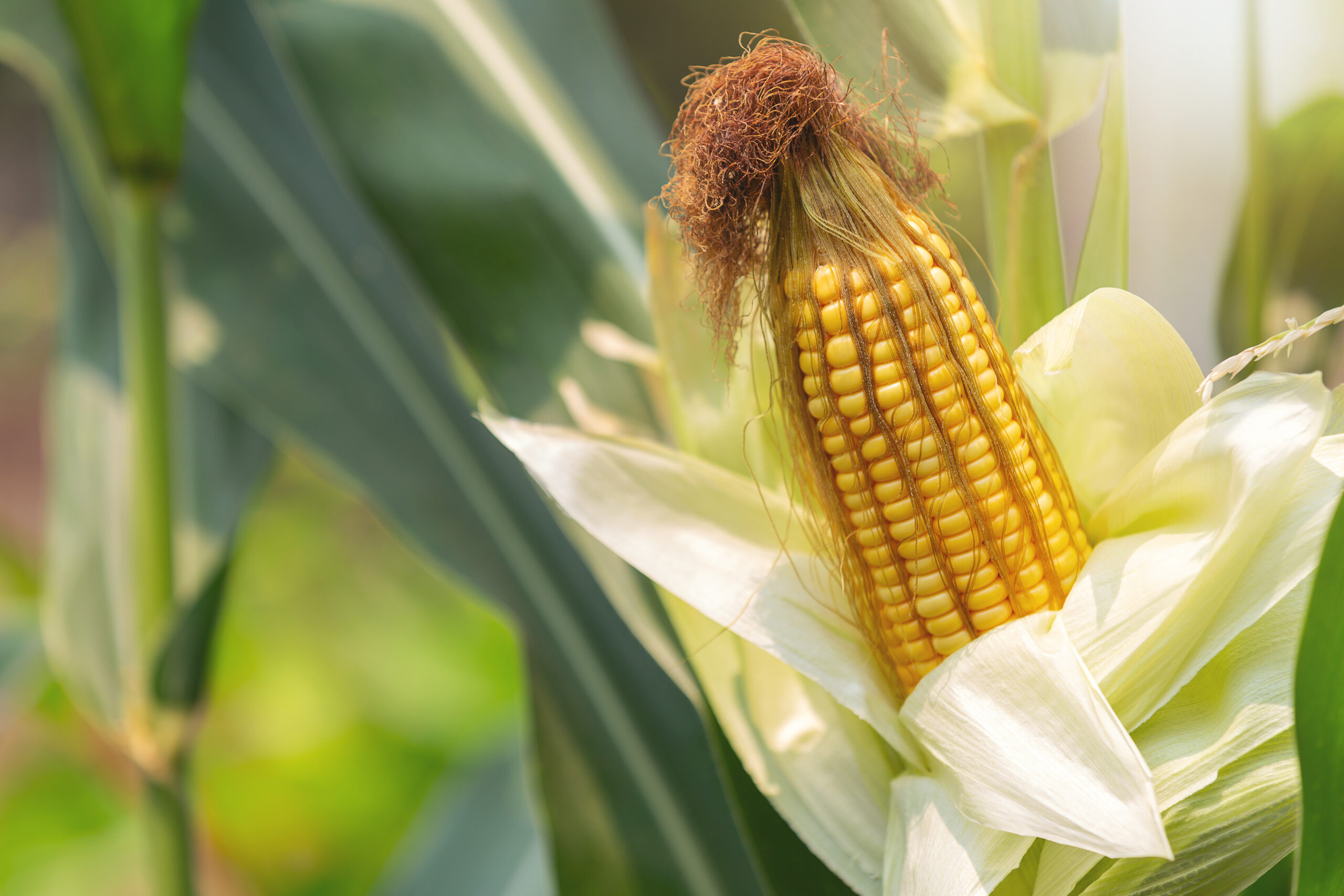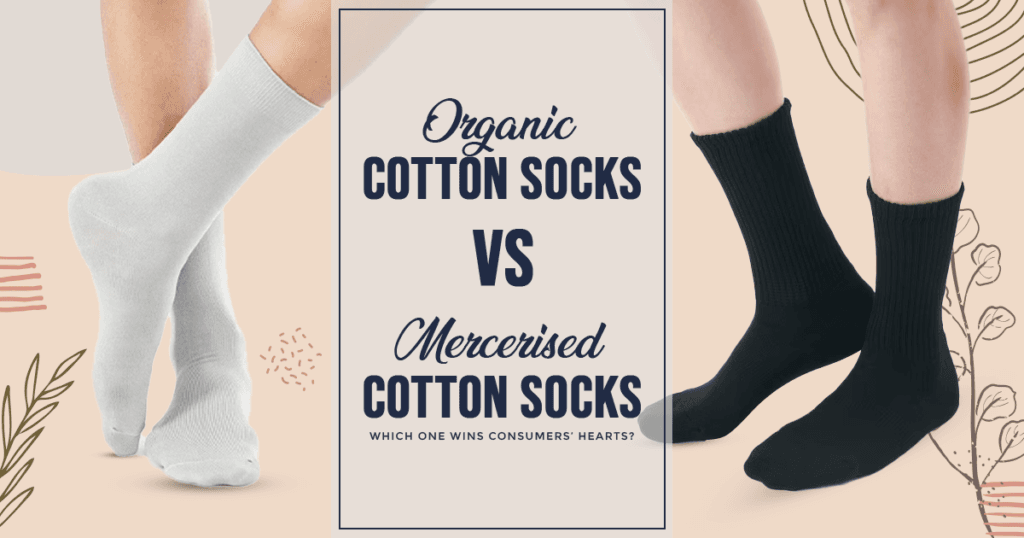
What does a consumer look for in a great pair of socks? No, they’re not expecting an AI strip to track movements—they simply want the essentials: softness, proper grip, breathability, and perhaps a sleek, polished look.
When it comes to meeting these fundamental needs, organic cotton stands out as the ideal material. However, since different consumers have different purposes for wearing socks, can one type of sock fulfill every need? Not quite!
That’s where the cotton processing method makes all the difference. High-quality cotton is refined and treated in distinct ways to enhance different properties. In this blog, we’re breaking down two of the finest cotton yarns used in socks—Combed Cotton and Mercerised Cotton—so you can discover which one best fits your consumer’s needs.
1. History of Combed and Mercerised Cotton
Combed Cotton
The process of combing cotton dates back centuries, evolving as a method to refine cotton yarn for superior softness and strength. Initially, combing was done manually, but advancements in textile manufacturing introduced mechanical combing, which ensured more consistent and high-quality cotton fibers.
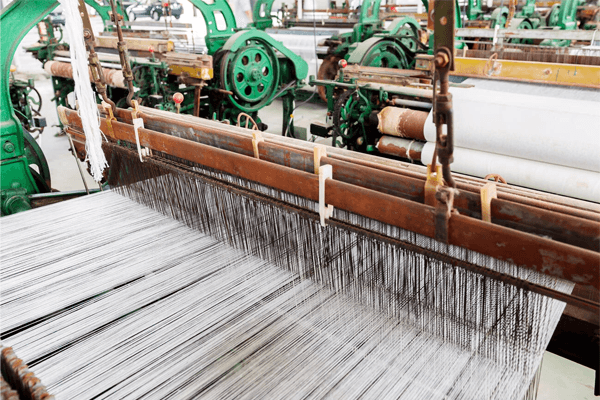
Mercerised Cotton
Mercerization was developed by John Mercer in the mid-19th century as a method to enhance cotton’s luster and strength. Originally discovered as a way to modify cellulose fibers, the process became widely adopted for its ability to create vibrant, long-lasting colors and a polished appearance in textiles.

2. Material & Yarn Properties
Combed Organic Cotton Socks
The material used here is combed cotton, which is slightly better than regular cotton in various aspects. Combed cotton yarn is made by passing raw cotton fibers through a combing machine, aligning the fibers in one direction, removing short and impure fibers, and leaving only long, strong fibers. This results in a smoother, stronger, and less pilling fabric compared to regular cotton yarn.
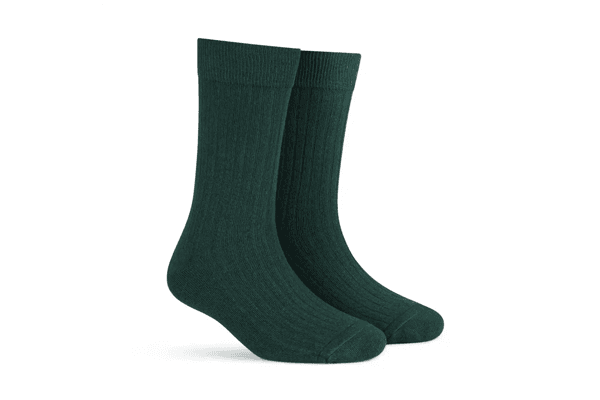
Mercerised Cotton Socks
Mercerised cotton is formed by passing threads under tension through a cold solution of 20% caustic soda. This process swells the fibers and adds approximately 12% tensile strength compared to non-Mercerised cotton. Mercerised cotton yarn is shinier, stronger, more receptive to dyes, and less stretchy than regular cotton.

3. Quality & Key Differences
The primary goal of these socks is to offer a soft, breathable experience for consumers. However, here are a few key differences to consider:
| Feature | Combed Organic Cotton Sock | Mercerised Socks |
| Softness | Combed cotton is softer and smoother due to the removal of short fibers. | Smooth but slightly less soft |
| Appearance | Matte finish , natural look | Lustrous,polished finish |
| Dye Absorption | Good, but may fade over time | Excellent, vibrant colors stay longer |
| Strength | High due to removal of weak fibres | More durable due to mercerization |
| Moisture Absorption | Excellent breathability | Moderate Absorption |
4. Best Uses for Each Type
Combed Organic Cotton Socks Are Ideal For:
- Everyday wear and casual use
- People with sensitive skin due to their softness
- Warm-weather conditions for better breathability
- Athletes and active individuals who need moisture control
- Those prone to blisters or allergic reactions to friction, as they are less prone to pilling and provide enhanced smoothness
- Luxurious yet durable socks for long-hour wear
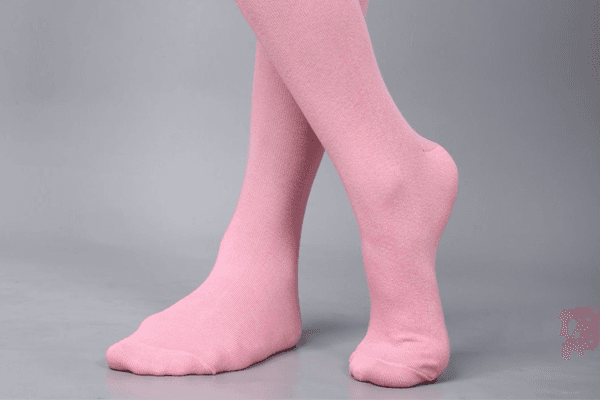
Mercerised Cotton Socks Are Ideal For:
- Formal occasions due to their elegant sheen
- Business professionals looking for a polished look
- People who prefer long-lasting color vibrancy
- Structured design socks due to their reduced stretch
- Heavy-duty use, as they are stronger and more resistant to shrinkage
- Ideal pairing with corporate shoes for a chic, sophisticated style

So, Which One Wins?
It’s not about winning—each type of sock serves a different purpose and offers unique benefits. Rather than replacing each other, combed and Mercerised cotton socks complement one another.
At Texcyle, we believe in offering the best of both worlds. As a premium cotton sock manufacturer, we support retailers with high-quality options across the entire sock spectrum. And the best part? Both of these sock types should be made from ethically sourced organic cotton to ensure sustainability, comfort, and durability.
Ready to step up your sock game? Contact us today!

